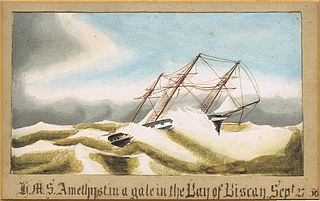 W
WHMS Amethyst was a gaff rigged three mast sailing boat. She was a Spartan-class 26-gun sixth rate launched in 1844 and sold in 1869 for use as a cable vessel.
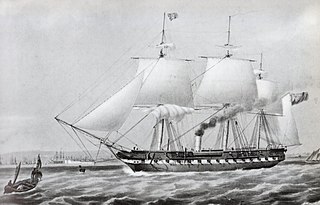 W
WHMS Arrogant was an early wood screw frigate of the Royal Navy, launched in 1848 and sold in 1867. During the period of 1848–1850 she was commanded by Captain Robert FitzRoy.
 W
WHMS Juno was a 26-gun Spartan-class sixth-rate frigate of the Royal Navy launched in 1844 at Pembroke. As HMS Juno, she carried out the historic role in 1857 of annexing the Cocos (Keeling) Islands to the British Empire. She was renamed HMS Mariner in January 1878 and then HMS Atalanta two weeks later.
 W
WHMS Constance was a 50-gun fourth-rate frigate of the Royal Navy launched in 1846. She had a tonnage of 2,132 and was designed with a V-shaped hull by Sir William Symonds. She was also one of the last class of frigates designed by him. On her shakedown voyage from England to Valparaiso she rounded Cape Horn in good trim, her captain for this voyage being Sir Baldwin Wake Walker, who commented "I think her a good sea boat, and a fine man of war". On the voyage she encountered a hurricane at 62° south. Walker wrote that "nothing could have exceeded the way she went over it, not even straining a rope yarn". In August 1848 her captain George William Courtenay, for whom the town of Courtenay was named, led 250 sailors and marines from Fort Victoria to try to intimidate the Indians.
 W
WHMS Cyclops was a paddle wheel steam frigate built for the Royal Navy and launched in 1839 and taken out of service in 1861 and sold for breaking in January 1864. She saw action in the Syrian War in 1840 and the Crimean War in 1854, later being involved in laying the first Transatlantic telegraph cable in 1858.
 W
WHMS Endymion was a 21-gun Ister-class wooden screw frigate, the third of four ships of this name to serve in the Royal Navy. She was the last wooden frigate built at Deptford Dockyard. She was commissioned in 1866 and spent much of her service based at Malta. In 1869–70 she sailed around the world as part of a Flying Squadron. She remained in front-line service until 1874.
 W
WHMS Galatea was a Jason-class 26-gun, sixth-rate, wooden screw frigate in the Royal Navy, launched in 1859 and broken up 1883.
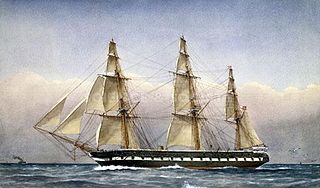 W
WHMS Glasgow was a wooden screw frigate, the fifth ship of the name to serve in the Royal Navy.
 W
WHMS Iris was a 26-gun sixth-rate frigate launched on 14 July 1840 from Devonport Dockyard. She spent some time with the West Africa Squadron suppressing the slave trade and later with the East Indies Station was involved in operations in Borneo. Iris was the first flagship of the Australia Station between 1859 and 1861 during which time she participated in the First Taranaki War. In 1864 she was extensively modified to allow her to ferry transatlantic telegraph cable to the cable-laying ship Great Eastern. She was decommissioned and sold off in 1869.
 W
WThe Ister-class frigates were a group of five 36-gun screw frigates ordered for the Royal Navy in the early 1860s. Four of the ships were cancelled after they were laid down and HMS Endymion was the only ship completed.
 W
WHMS Juno was a 26-gun Spartan-class sixth-rate frigate of the Royal Navy launched in 1844 at Pembroke. As HMS Juno, she carried out the historic role in 1857 of annexing the Cocos (Keeling) Islands to the British Empire. She was renamed HMS Mariner in January 1878 and then HMS Atalanta two weeks later.
 W
WHMS Magicienne was the lead ship of her class of two 16-gun, steam-powered second-class paddle frigates built for the Royal Navy in the 1850s. Commissioned in 1853 she played a small role in the Crimean War of 1854–1855 and was sold for scrap in 1866.
 W
WHMS Penelope was first laid down as one of the many sail frigates that England built to a French model. She was then changed to a unique steam paddle frigate. For some time she was a very famous ship, having a claim to being the first steam frigate. In the end the promise that she would be the first of a line of true steam paddle frigates proved false.
 W
WHMS Princess Royal was a 91-gun second rate ship of the line of the Royal Navy, launched on 23 June 1853 at Portsmouth.
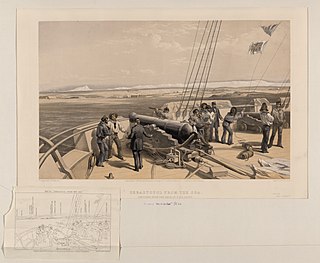 W
WHMS Sidon was a first-class paddle frigate designed by Sir Charles Napier. Her name commemorated his attack on the port of Sidon in 1840 during the Syrian War. Her keel was laid down on 26 May 1845 at Deptford Dockyard, and she was launched on 26 May 1846. She had a fairly short career for a warship, but it included the rescue of the crew of the sinking Peninsular & Oriental Steam Navigation vessel Ariel on 28 May 1848, and a trip up the Nile that same year, when her passengers included the explorer and botanist Joseph Dalton Hooker. She served in the Black Sea during the Crimean War, 1854–55 under the command of Captain George Goldsmith. In April 1854, in company with HMS Firebrand, she blockaded the coast from Kavarna to the mouths of the River Danube. In September, during the actual Allied invasion of the Crimea, she was assigned to escorting the French troop transports, and assisted the French line-of-battleship Algiers, which had gone aground in Eupatoria Bay. She was then sent to monitor Russian movements around Odessa, and on 4 October attacked a marching column of 12,000 men on their way to the Crimea. On this occasion Russian rocket hit her funnel.
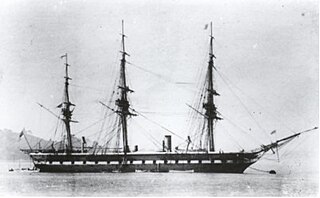 W
WHMS Undaunted was a wooden screw frigate, the fifth ship of the name to serve in the Royal Navy.
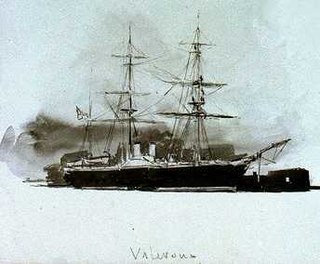 W
WHMS Valorous was one of two 16-gun, steam-powered Magicienne-class second-class paddle frigates built for the Royal Navy in the 1850s. Commissioned in 1853 she played a small role in the Crimean War of 1854–1855 and was sold for scrap in 1891.
 W
WHMS Vulture was one of three 6-gun, steam-powered Cyclops-class second-class paddle frigates built for the Royal Navy in the 1840s. She was initially deployed to the East Indies where she participated in actions against China and then played a minor role in the Crimean War of 1854–1855. The ship was sold for scrap in 1863.